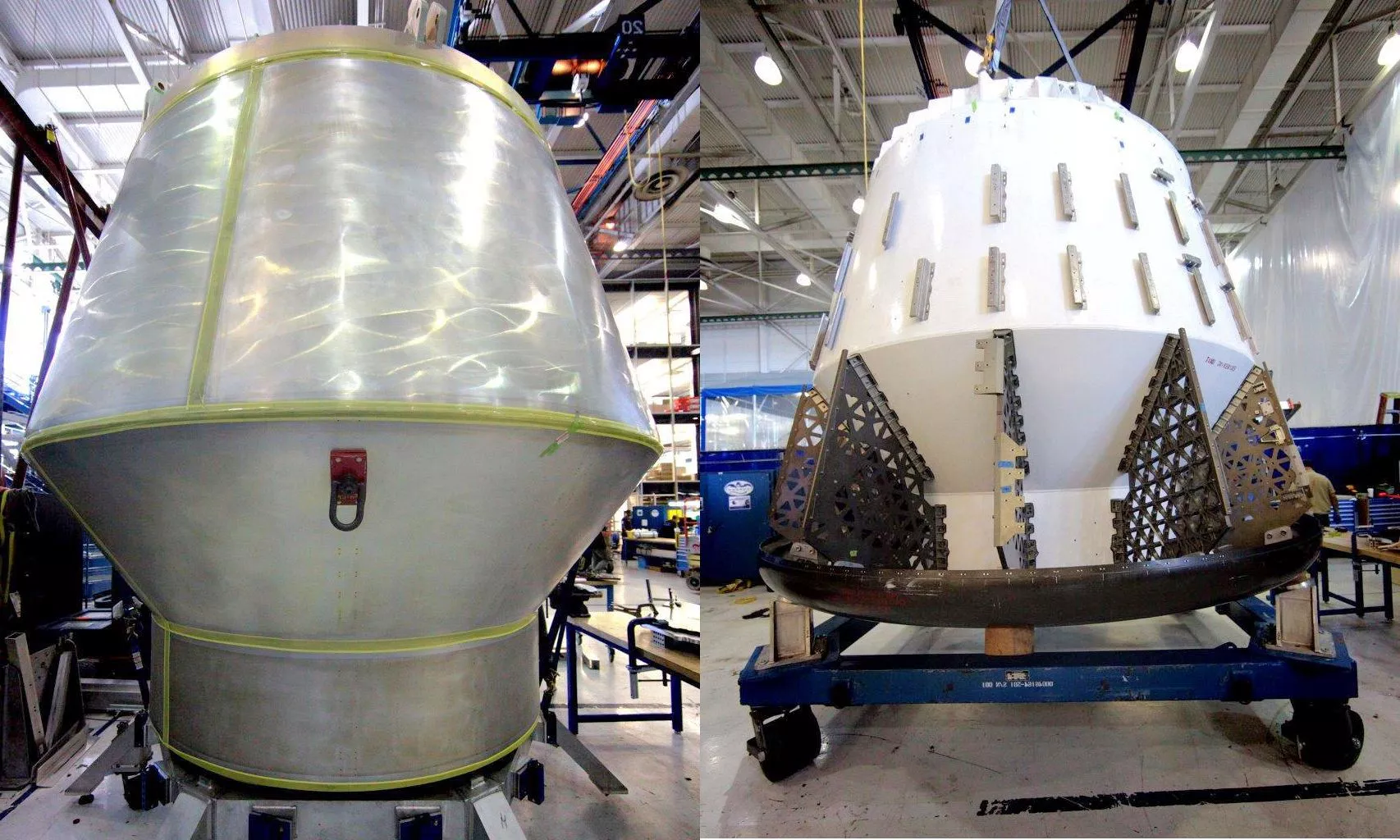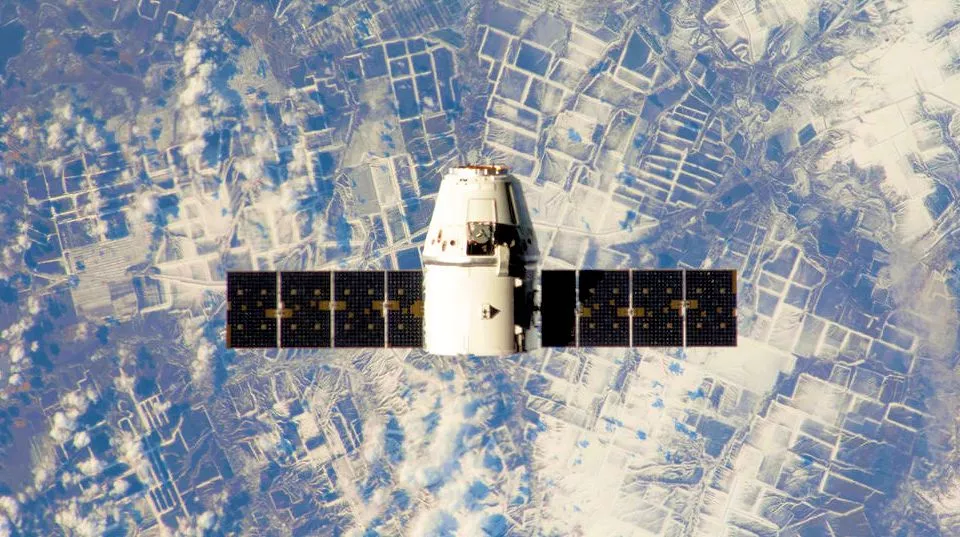SpaceX has made progress toward an initial crewed flight in 2015 after a "milestone" safety review for manned space operations of the SpaceX Dragon spacecraft and Falcon 9 launch vehicle.
SpaceX already has flown several Dragon/Falcon 9 cargo missions to the space station, successfully demonstrating the basic orbital flight and maneuvering capabilities. Now, as part of NASA's Commercial Crew Integrated Capability (CCiCap) initiative, SpaceX is immersed in the design and engineering evolution required to produce an integrated crew-capable Falcon 9 and Dragon spacecraft.
The crew-rated versions of the Dragon capsule and Falcon 9 launch vehicle would support government and commercial access to low earth orbit (LEO). This combination is considered a lead candidate for the Request for Proposals just issued by NASA's Commercial Crew Program for the first manned ISS support missions, tentatively scheduled to take place in fully certified spacecraft no later than 2017.

In late October, a team of NASA engineers visited SpaceX headquarters for two days, during which the company's safety practices were reviewed in detail. NASA is providing safety engineering assistance to SpaceX to insure that new and innovative technologies will satisfy the rigorous conditions of space travel.
“We greatly appreciate NASA’s support and feedback throughout this process,” said Garrett Reisman, commercial crew project manager at SpaceX and a former astronaut. "Together we are taking all the necessary steps to make Dragon the safest, most reliable spacecraft ever flown."

The next flight tests for the manned Dragon/Falcon 9 system will be a pair of abort tests to be carried out in 2014. The first test will simulate an abort from the launch pad, requiring the Dragon abort system to lift a mock-up capsule clear of a simulated emergency situation. The second test will require the Dragon capsule to separate from a Falcon 9 booster in flight, then parachute safely into the Atlantic Ocean.
At present, SpaceX is right on schedule to meet its NASA contractual milestones under the CCiCap initiative and the team may well be the one to return Americans to space with the first US post-Shuttle manned orbital launch.
Source: NASA





